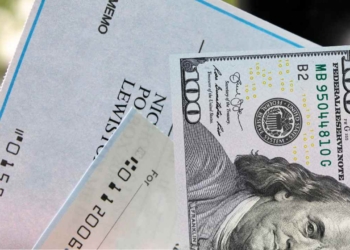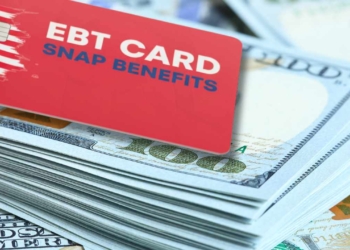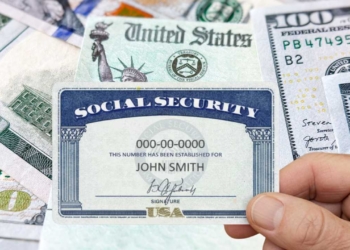Once you turn 62 years old, you can start collecting retirement benefits from the Social Security Administration. These payments can be higher if you delay retirement until you are 70 years old. Depending on when you filed, you can also receive an earlier or later direct deposit. For example, if you filed before May 1997, you are in the group of retirees who received money on June 3.
Thus, if you started collecting Social Security after April 30, 1997, you may need to wait for your retirement benefit payment until June 25. This will be the last payday for retirees aged 62-70 or older ones. If compared to the payment issued on June 3, these retirees have to wait for 22 days more than those who get the first payment of the month.
Retirement Benefit Payment Requirements for June 25
Several are the requirements to receive Social Security benefits on June 25. The Administration will only pay checks or direct deposits to eligible retirees who meet all the conditions:
- Retirees have filed for Social Security
- Retirees have received approval
- Retirees have been born from the 21st to the 31st
- Retirees are not currently receiving Supplemental Security Income benefits
- Retirees must also remain eligible and cannot break SSA rules
If you are not in this situation because you were born from the 1st to the 10th, you will collect your monthly payment on June 11 instead. Those retirees whose birthday is from 11-20 will get their money on June 18, 2025.
Retirement Payment Amounts on June 25
Each recipient qualifies for a different payment amount because it depends on several factors, whether you get a low, average, or high benefit. Maximum amounts have been set and unveiled by Social Security.
For example, retirees aged 62 can get up to $2,831 on June 25. If you filed at Full Retirement Age, you can receive up to $4,018. There is a considerable difference because early filing means getting a 30% reduction.
On the contrary, retirees who have filed at the age of 70 can collect a payment of up to $5,108 on June 25. The only way to receive the largest benefit in 2025 is this:
- delay retirement until you get 24% extra per month, so file at 70 to benefit from the reward the SSA offers
- have jobs covered by the Social Security Administration
- pay payroll taxes in order to increase your monthly benefits while you work
- have earnings equal to or higher than the contribution and benefit base
Since achieving all these requirements is too challenging, average payments of $1,999 are more common. This is the average amount as of April 2025. If you would like to get a supplement because your earnings and resources are too low, apply for the Federal Supplemental Security Income program. It can give you up to $967 if you are an eligible individual and up to $1,450 if you are married and both qualify.







